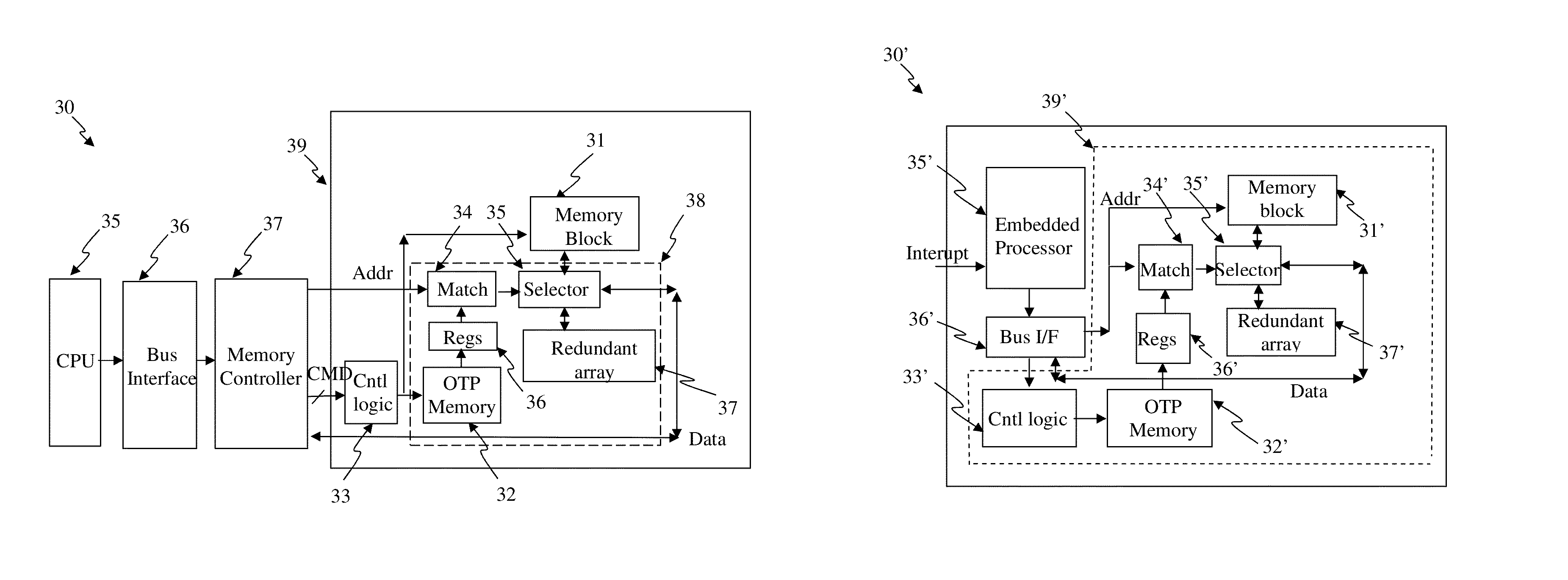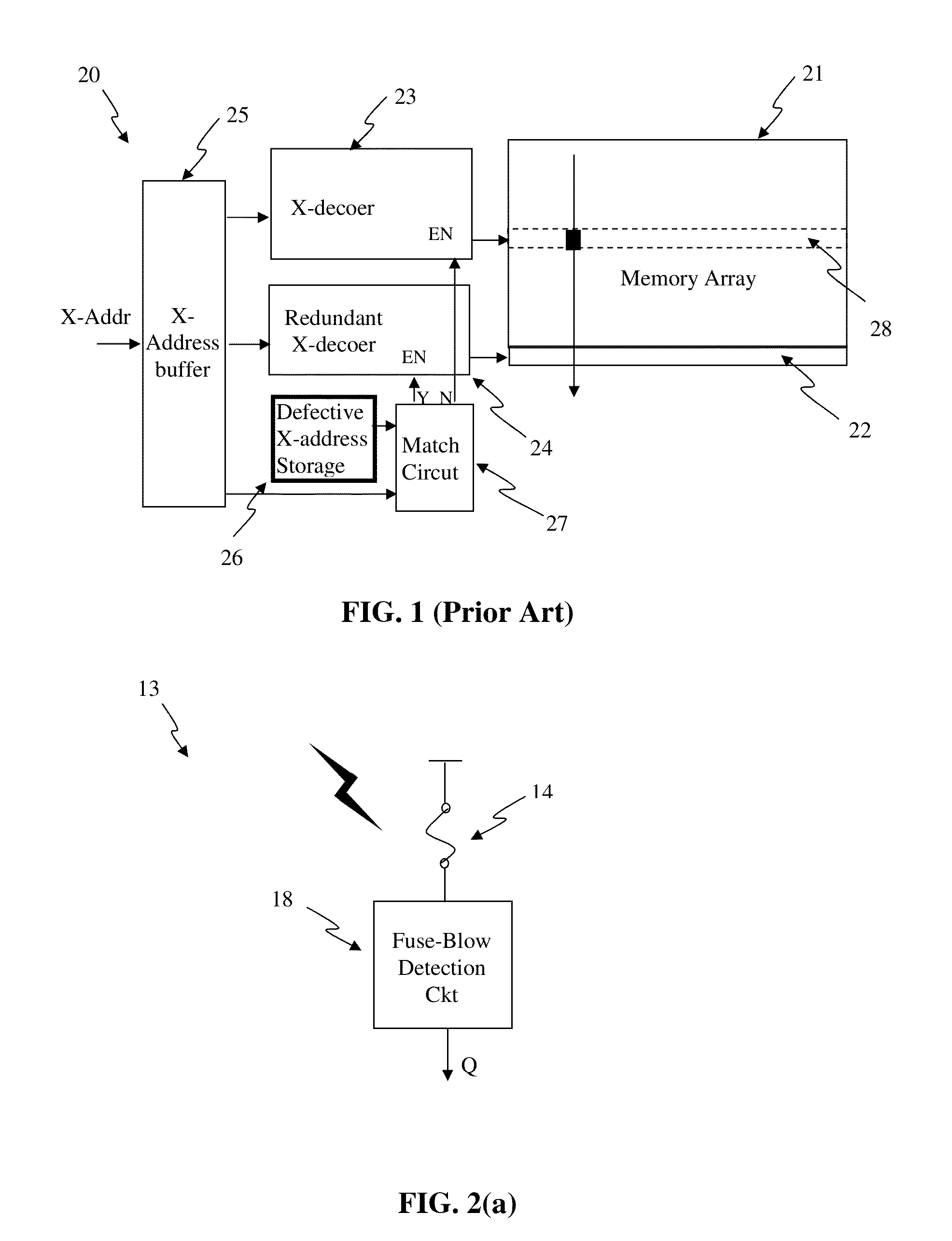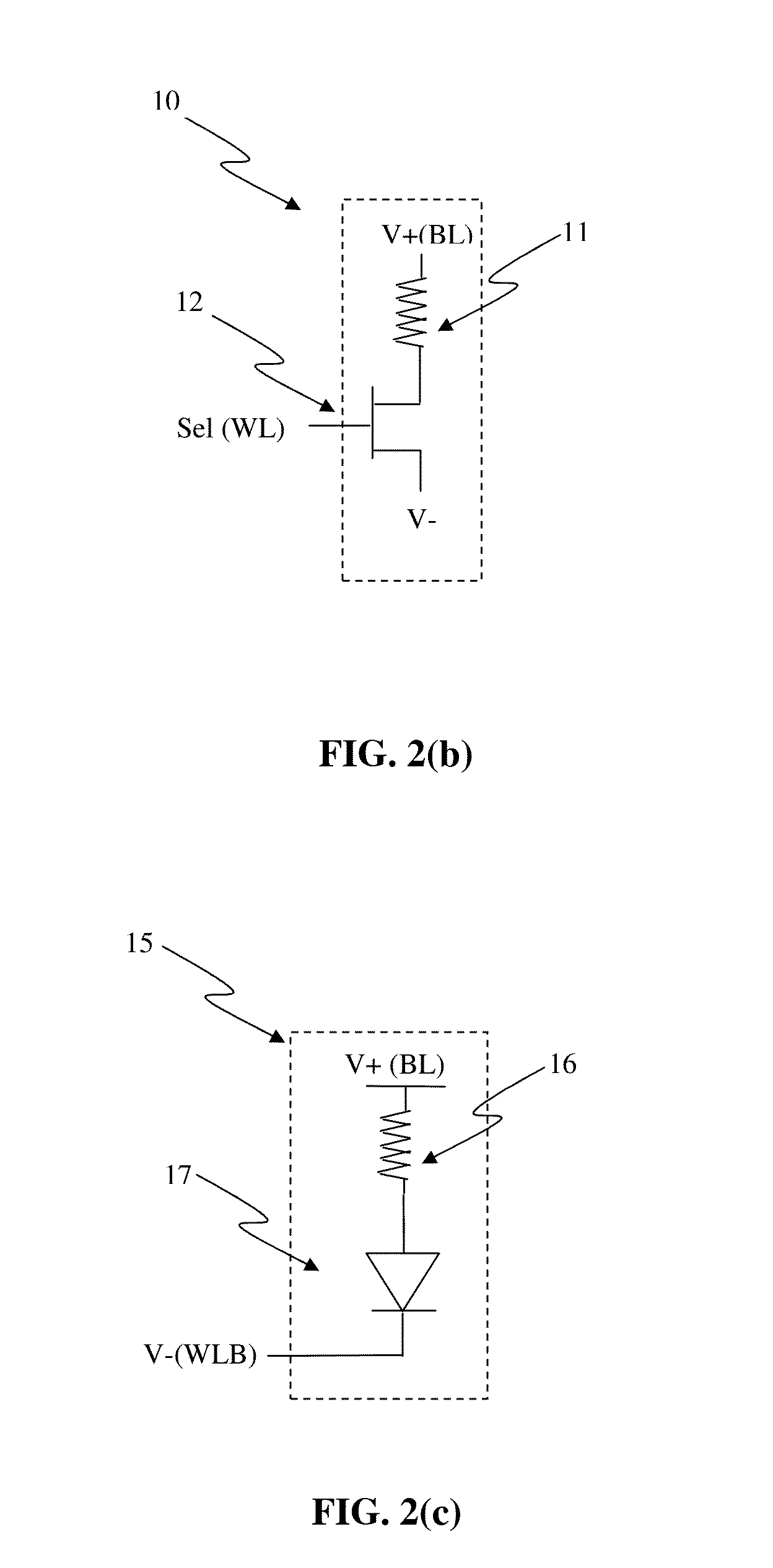System and method of in-system repairs or configurations for memories
a technology of in-system repair and configuration, applied in the field of system and method of in-system repair or configuration of memories, can solve the problems of faulty memory in the system, time-consuming and costly installation of new chips/modules, and the removal of old parts from the system, so as to reduce the cost of users, time-consuming and costly
- Summary
- Abstract
- Description
- Claims
- Application Information
AI Technical Summary
Benefits of technology
Problems solved by technology
Method used
Image
Examples
Embodiment Construction
[0055]Embodiments disclosed herein use various schemes to repair and / or configure a memory while already provided in a system. Faulty memory in a system can be due to fatigue, wear out, stress, degraded performance (e.g., due to aging) or opens / shorts. When a memory chip is found faulty, the memory chip can be repaired or configured while installed in a system. This capability can substantially reduce costs for users, because the difficulties of finding replacement parts, taking the old parts off the system, and install new chips / modules can be very time consuming and costly.
[0056]Semiconductor devices may degrade after being used in a system for long period of time. The device degradations can cause a high leakage current, a shift in threshold voltage, reduction in drain current, change to contact / via resistance, or degradation of gate-oxide integrity, etc. At a functional level, a semiconductor chip may become faulty because of device degradation. Particularly, a memory chip may h...
PUM
 Login to View More
Login to View More Abstract
Description
Claims
Application Information
 Login to View More
Login to View More - R&D
- Intellectual Property
- Life Sciences
- Materials
- Tech Scout
- Unparalleled Data Quality
- Higher Quality Content
- 60% Fewer Hallucinations
Browse by: Latest US Patents, China's latest patents, Technical Efficacy Thesaurus, Application Domain, Technology Topic, Popular Technical Reports.
© 2025 PatSnap. All rights reserved.Legal|Privacy policy|Modern Slavery Act Transparency Statement|Sitemap|About US| Contact US: help@patsnap.com



